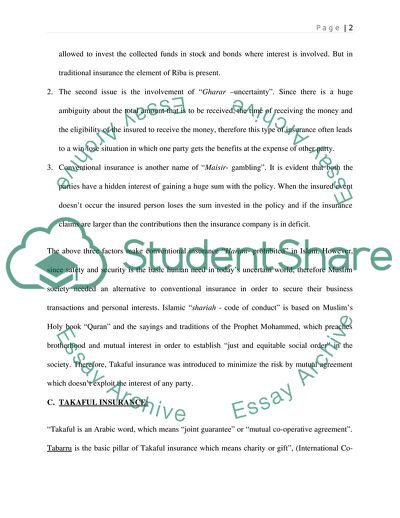Cite this document
(Insurance Issues - Takeful and Conventional Insurance Comparison Assignment, n.d.)
Insurance Issues - Takeful and Conventional Insurance Comparison Assignment. https://studentshare.org/finance-accounting/1751885-islamic-insurance
Insurance Issues - Takeful and Conventional Insurance Comparison Assignment. https://studentshare.org/finance-accounting/1751885-islamic-insurance
(Insurance Issues - Takeful and Conventional Insurance Comparison Assignment)
Insurance Issues - Takeful and Conventional Insurance Comparison Assignment. https://studentshare.org/finance-accounting/1751885-islamic-insurance.
Insurance Issues - Takeful and Conventional Insurance Comparison Assignment. https://studentshare.org/finance-accounting/1751885-islamic-insurance.
“Insurance Issues - Takeful and Conventional Insurance Comparison Assignment”. https://studentshare.org/finance-accounting/1751885-islamic-insurance.


